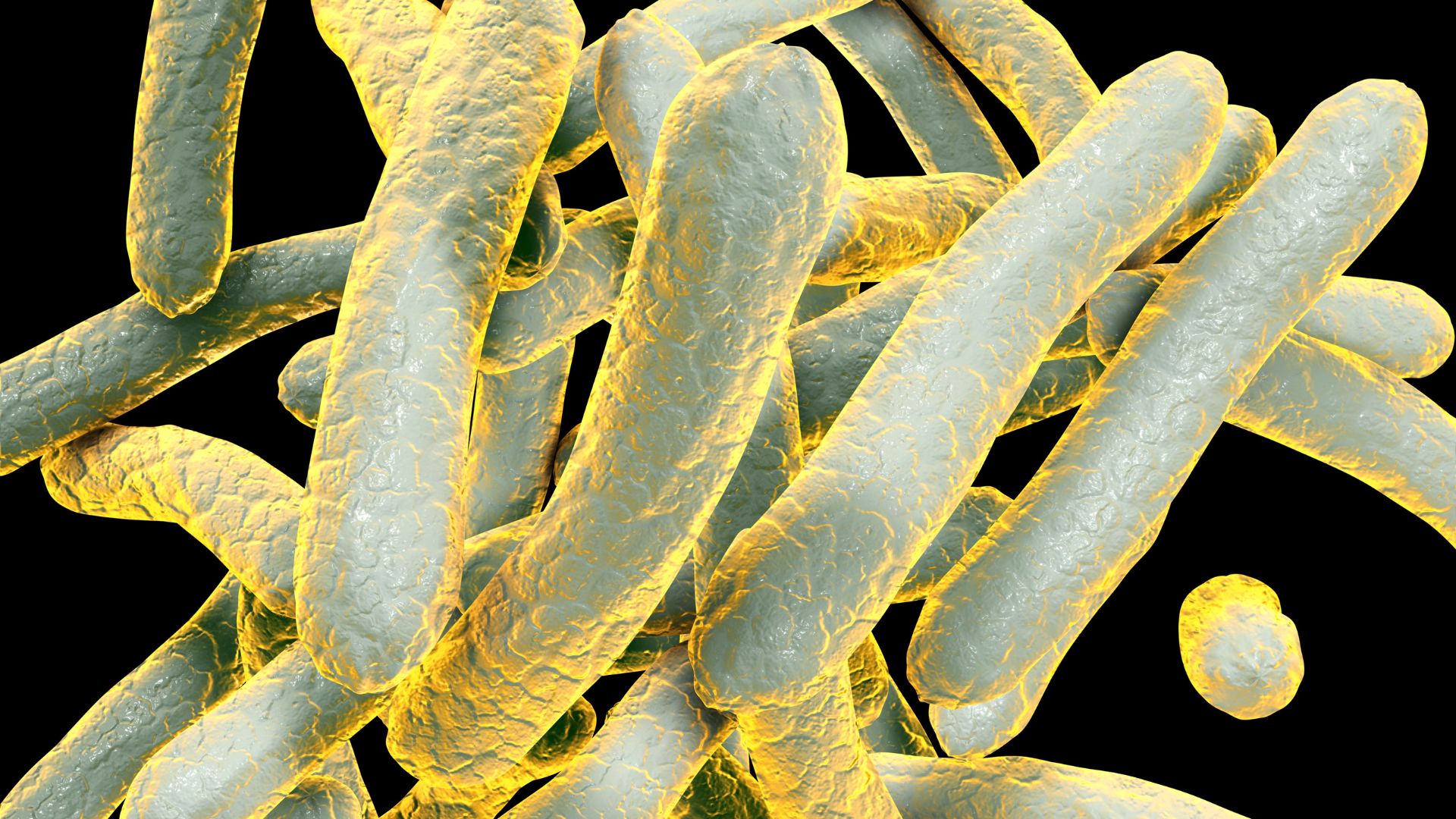J. Compos. Sci., Vol. 7, Pages 58: Influence of Variatropy on the Evaluation of Strength Properties and Structure Formation of Concrete under Freeze-Thaw Cycles
Journal of Composites Science doi: 10.3390/jcs7020058
Authors: Alexey N. Beskopylny Evgenii M. Shcherban Sergey A. Stel’makh Levon R. Mailyan Besarion Meskhi Andrei Chernil’nik Diana El’shaeva
The resistance of concrete structures to the impact of cyclic freezing and thawing is one of the key long-term characteristics, which further determines the operation and its service life. To date, the resistance to alternating freeze-thawing cycles under various operating conditions of concrete structures has been little studied related to several manufacturing processes: simple vibrated, variotropic centrifuged, and improved variotropic vibrocentrifuged. The purpose of this study is to investigate the effect of heavy concrete manufacturing technology on the resistance of concrete to alternate freezing and thawing in an aggressive environment of 5% sodium chloride solution, as well as to study the trend in strength characteristics and weight loss of vibrated, centrifuged and vibrocentrifuged concretes after a series of freezing and thawing cycles. Standardized techniques for assessing the characteristics of concrete and scanning electron microscopy were used. Vibrated, centrifuged, and vibrocentrifuged concretes made from the same raw materials have differences in weight loss of 4.5%, 3%, and 2%, respectively, and in strength of 15.0%, 13.5%, and 10%, respectively, when tested for frost resistance in similar environments after 15 cycles by the accelerated method. Centrifuged and especially vibrocentrifuged variotropic concrete have greater resistance and endurance to cycles of alternate freezing and thawing compared to vibrated.

 1 year ago
33
1 year ago
33


